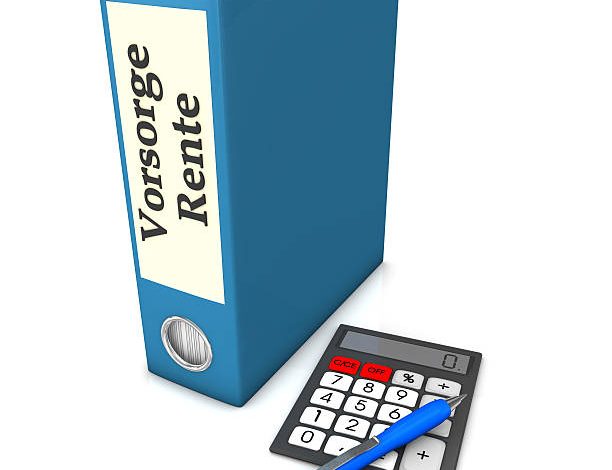
Navigating the KYC/AML Maze: Challenges and Solutions
In an ever-evolving world of finance, the latest major step has been the widespread adoption of FinTech and FinTech platforms. FinTech stands for Finances and Technology and is a unique blend that allows users to manage the financial aspects of their lives and businesses by use of technology. It also offers speed and convenience which are of paramount importance. Overall, document verification plays a crucial role here in the establishment of trust and to combat fraud.
However, unfortunately, traditional methods that depend on physical documents and manual checks are today increasingly proving inadequate. This is due to how widely technology has engulfed us today; no one has the time or desire to print out a dozen documents and submit them manually when two clicks can solve their problems.
Today, FinTech is also evolving in terms of both technology as well as external regulations.
Navigating the KYC/AML Maze: Challenges and Solutions
Know Your Customer (KYC) and Anti-Money Laundering (AML) regulations are critical safeguards for businesses against financial crime. These ensure maximum transparency of users on financial platforms which reduces the likelihood of crime.
KYC and AML regulations demand FinTech companies to verify the identities of their users as well as other information on them such as backgrounds or financial histories via document verification. However, traditional verification of documents can be cumbersome, time-consuming, and most of all prone to fraud. These challenges become of particular concern in the evolving tech landscape. Here are some key challenges:
Manual Document Verification Process And Bottlenecks
Manual verification of physical documents is slow and highly resource-intensive. This hinders onboarding and creates friction for customers. If a customer has to wait for longer than a few seconds, chances are they’ll leave. According to KISSmetrics, 47% of consumers expect a wait time of 2 seconds or less. This is why the document verification process cannot compromise on speed for security. We need to maintain both!
Fraudulent Documents
Fake or forged passports and/or driver’s licenses are a significant risk in the traditional document verification solution. While advanced tech may be getting increasingly adopted, we still need to achieve a higher efficiency.
Limited Scope of Verification
Traditional methods have a small scope of usability. These often miss valuable information and hinder risk assessments and compliance efforts.
6 Ways the FinTech Document Verification Process Can Innovate
Using innovation and technology to address the problems of today
Fortunately, innovative solutions for the document verification process are emerging today to address these challenges. These include:
AI-powered Automation
Leveraging artificial intelligence and machine learning can allow FinTech companies to automate the document verification process. These algorithms allow the computer to learn on its own and from its own mistakes and experiences. This can help in extracting data and verifying the authenticity of users with increased speed and accuracy.
Biometric Authentication
The integration of biometric technologies such as fingerprint scanning and facial recognition into the document verification process adds on a strong layer of security. While biometrics via fingerprints have been in use for some time, facial recognition, out of the mobile phone domain, is still uncommon.
Using face scans for opening new financial accounts or withdrawing money can help in confirming the user’s physical presence and thus, in reducing fraud risks.
Data Analytics and Risk Scoring
Data science and technology have deepened their roots in almost all world domains today.
For identity document verification process via data analytics, FinTech companies can analyse a range of information sources. For example, we can check social media and transaction history and scan documents in seconds to create comprehensive risk profiles. These can help to personalize the document verification process and requirements.
The Document Verification Process Of The Future
As the FinTech industry continues to innovate, the document verification process associated with it is also expected to evolve significantly:
Decentralized Identity Management
Blockchain-based solutions such Self-Sovereign Identity or SSI can help to empower individuals to control their data. SSI keeps the central control within the hands of the user, and thus, allows them to maintain and control their data as they will. This builds customer trust, streamlines document verification processes, and enhances privacy.
Continuous Authentication
Since a document of identity can be easily forged on the surface, continuous authentication e.g., getting data confirmations every 6 months or so can build a stronger layer of security. Furthermore, continuous authentication throughout user interactions can provide real-time insights, mitigate fraud risks, and also maintain regulatory compliance.
Global Interoperability
As FinTech continues to expand across borders, standardized and interoperable solutions to verify documents online become essential for seamless onboarding and regulatory compliance.
Conclusion
While regulatory compliance remains paramount, the future of document verification in FinTech extends beyond simply checking boxes. We must figure out how to verify documents in a way that balances security, efficiency, and user experience.
With FinTech continuing to reshape the financial domain, the document verification process must also evolve to meet the demands of this new world. This innovation and evolution is visible in the world today. However, an increasingly digital and interconnected world will always demand more for the safety of its users. By embracing change for good, FinTech companies can set foot towards a future in which we have a secure and inclusive financial ecosystem.



